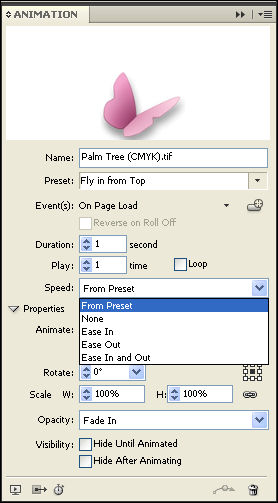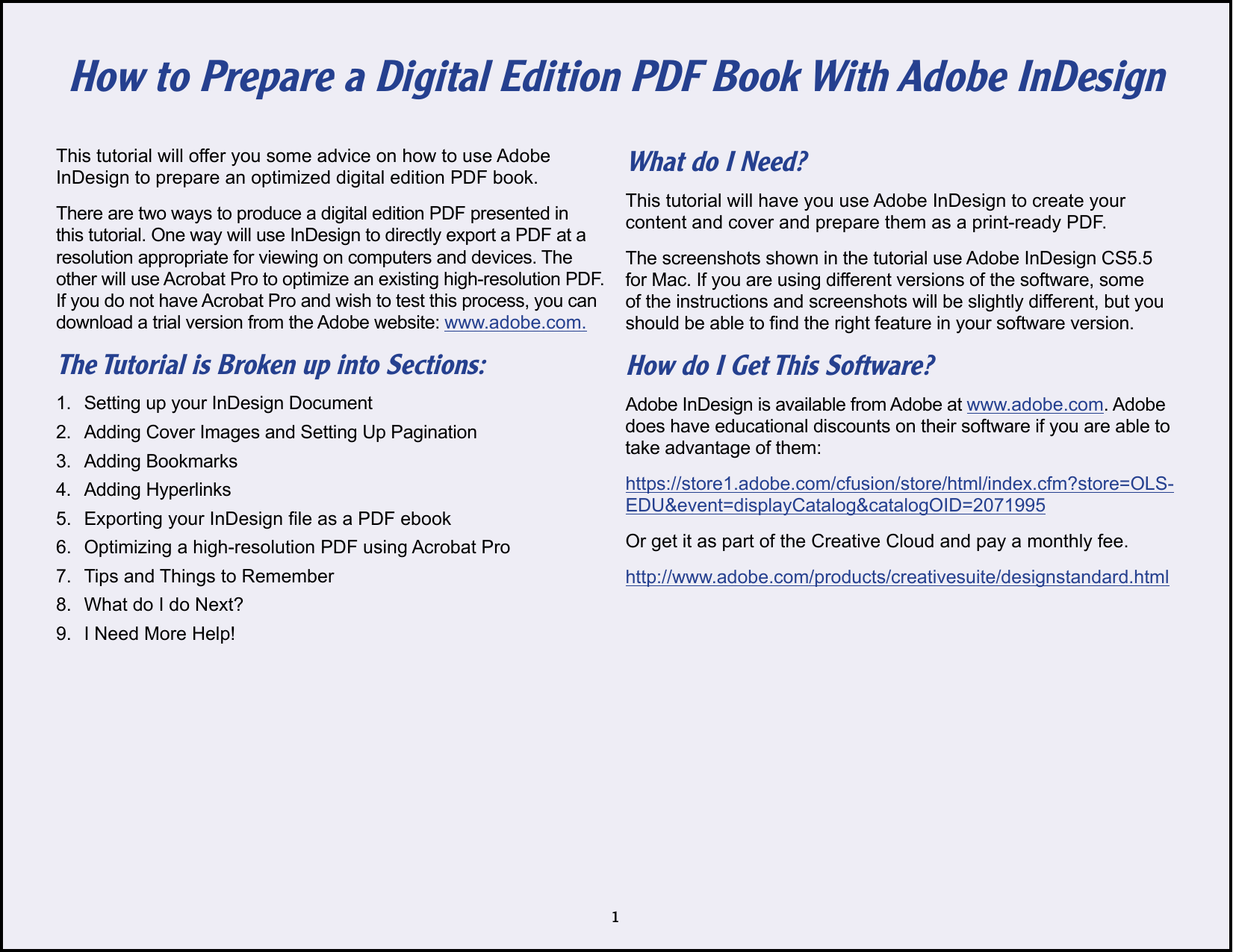
If your content does not lend itself to good “book presentation,” consider a different design approach.
Good print design does not always translate directly to good interactive design. However, if you need your content to be viewable on all mobile browsers, you should consider using HTML/CSS and related technologies as an alternative to the flipbook format. Though the tutorial does not currently cover Adobe AIR export, it is possible to use Adobe AIR to create apps for Android and iPhone/iPad platforms. If you want your book to be viewable on most eReader platforms, you’ll need to export to Adobe PDF, ePub or the proprietary format associated with a particular eReader. Anyone wishing to release an eBook can do so in a single, freely available format that runs in any browser on any desktop. Authors wishing to serialize their work can do so without having to export a partial flipbook file each time they introduce a new chapter. Authors can release printed works without the loss of formatting or typographical design associated with export to ePub and similar eBook formats. Publication designers can produce digital proofs or include multi-page projects in their portfolio sites. Designers more comfortable working with print than interactive media can produce interactive portfolios that show their work in an engaging way. By popular request, full-screen capability is now available. The full source code is available to customize, but is set up so people with no coding skills can easily modify it to suit their purposes. 

Optional settings allow ranges of pages to be hidden from the viewer.

An invisible “drag area” in the book’s gutter/spine allows it to be manually positioned on-screen. “Page jump” buttons have been added for the front and back covers, table of contents, next and previous pages or any page number you care to type in. An “autoscale” feature fits the flipbook to a viewer’s screen when it first opens.

Though print designers have been able to export flipbooks directly from Adobe inDesign since version CS4, the tutorials and sample files here will help you get the most from the effect.Īlong with a set of video instructions on how to fine-tune the InDesign export process to produce more attractive results, I’ve developed a “book scaler” in flash that allows adjustment of a book’s size relative to the screen. Note: This book scaler is a semi-finalist entry in the 2011 Adobe Design Achievement Awards Education Category.įlipbooks and page turning effects have been around for years a variety of flash plug-ins, conversion services and source files have made them accessible to everyone.








 0 kommentar(er)
0 kommentar(er)
